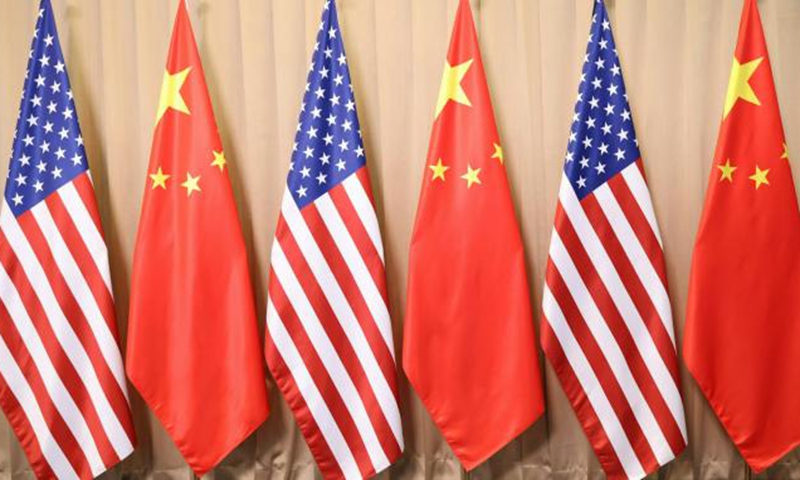China North Industries Group's Restructuring Implications

In recent months, the restructuring of China North Industries Group Corporation (often referred to as Norinco) into two distinct entities has captured the attention of investors and analysts alike. This move, which includes the establishment of China Changan Automobile Group Co., Ltd., signals a significant shift in the corporate landscape of one of China’s major state-owned enterprises (SOEs). The implications of this change are worth scrutinizing, not only for their immediate impact but also for the broader economic trends they encapsulate, particularly in the context of China's ongoing push for structural reform in its state sector.
The most notable change lies within the shareholding structure. By transferring full ownership of Changan Zhizhi Automotive Technology Group to China Changan Automobile Group, the restructuring paves the way for a more focused operational strategy. This strategic alignment may enable enhanced performance metrics, particularly with respect to EBITDA margins and other key performance indicators crucial for stakeholders. However, one must question whether this realignment will genuinely facilitate innovation, or if it merely serves to reinforce existing bureaucratic tendencies within SOEs. The enduring state ownership—holding steady at around 19.80% for Southern Industrial Asset Management and 20.40% for Changan Zhizhi—underscores a commitment to central oversight, yet it may also hinder agility in decision-making during periods of rapid market evolution.
While regulatory bodies have approved the separation, potential risks loom large for investors and the companies involved. The requirement for additional approvals from relevant government agencies brings uncertainty, as any delays in these processes could pose significant risks to operational continuity and shareholder value. Investors should thus regard the unfolding transformations with caution. Economic indicators such as GDP growth and consumer price index (CPI) dynamics may not be impacted directly by this restructuring; nonetheless, the long-term efficacy of such reorganizations amid broader economic pressures could raise concerns akin to past corporate upheavals seen during the dot-com and 2008 financial crises, where swift changes in structural dynamics often led to wider instability.
Ultimately, this restructuring reflects a dual emphasis on operational efficiency and regulatory oversight within China's industrial sector. While opportunities for enhanced productivity abound, particularly in a competitive automotive landscape, investors must remain vigilant of the internal and external pressures at play. As we observe these developments, the question remains: will this restructuring serve as a catalyst for innovation and growth, or will it perpetuate a cycle of bureaucratic inertia? Careful observation of the new operational strategies and their effectiveness in addressing market challenges will be critical as stakeholders navigate through this transformative period.
Read These Next

China US Trade Talks Begin in Sweden Focus on Equal Outcomes
Chinese and US delegations met in Stockholm for trade talks, aiming to reopen communications and boost economic cooperation.

Integrated Waste Solutions: Corporate Communication in Digital Era
This commentary analyzes the recent developments in Integrated Waste Solutions Group Holdings Limited's communications strategy and corporate governance, highlighting key changes, financial trends, significant events, and potential risks.

Chipotle's AI tool finds workers 75% faster
Chipotle's implementation of an AI tool for hiring is revolutionizing its recruitment process, yielding faster hiring times and increased applicant engagement. This commentary evaluates the economic and operational implications of such innovations, as well as the potential risks associated with reliance on AI.
